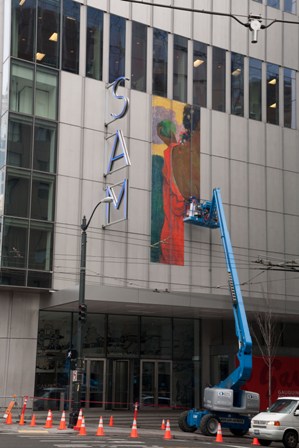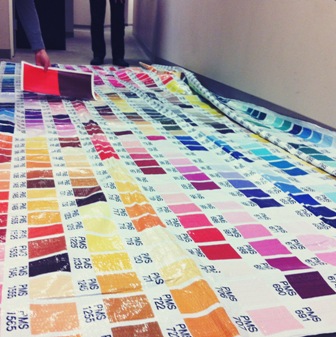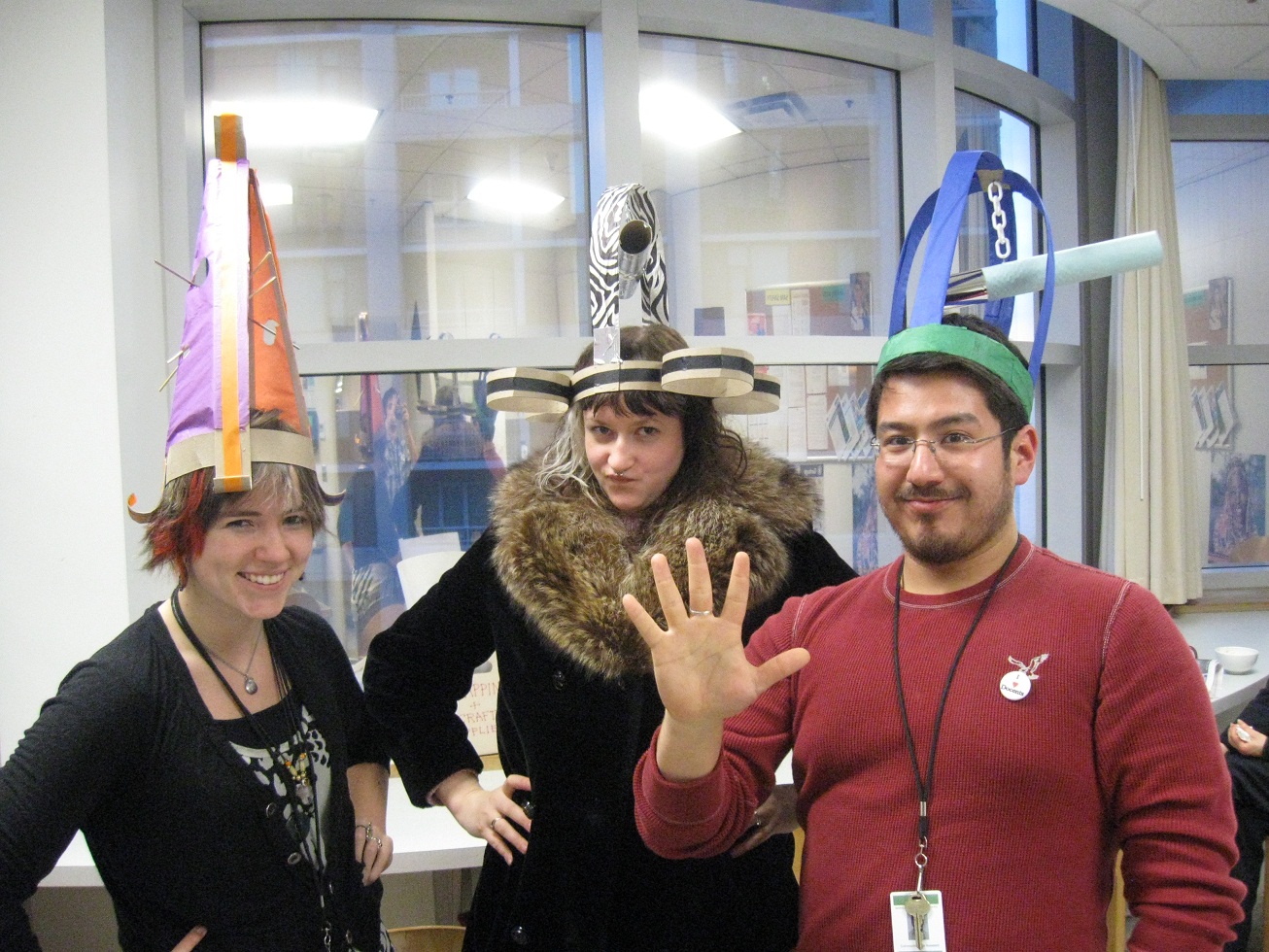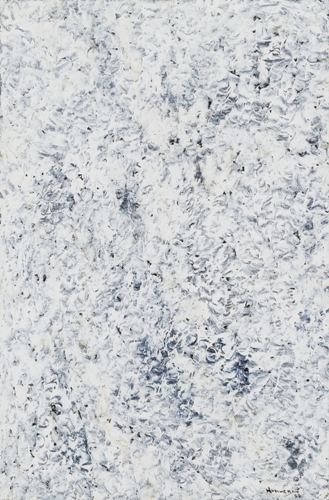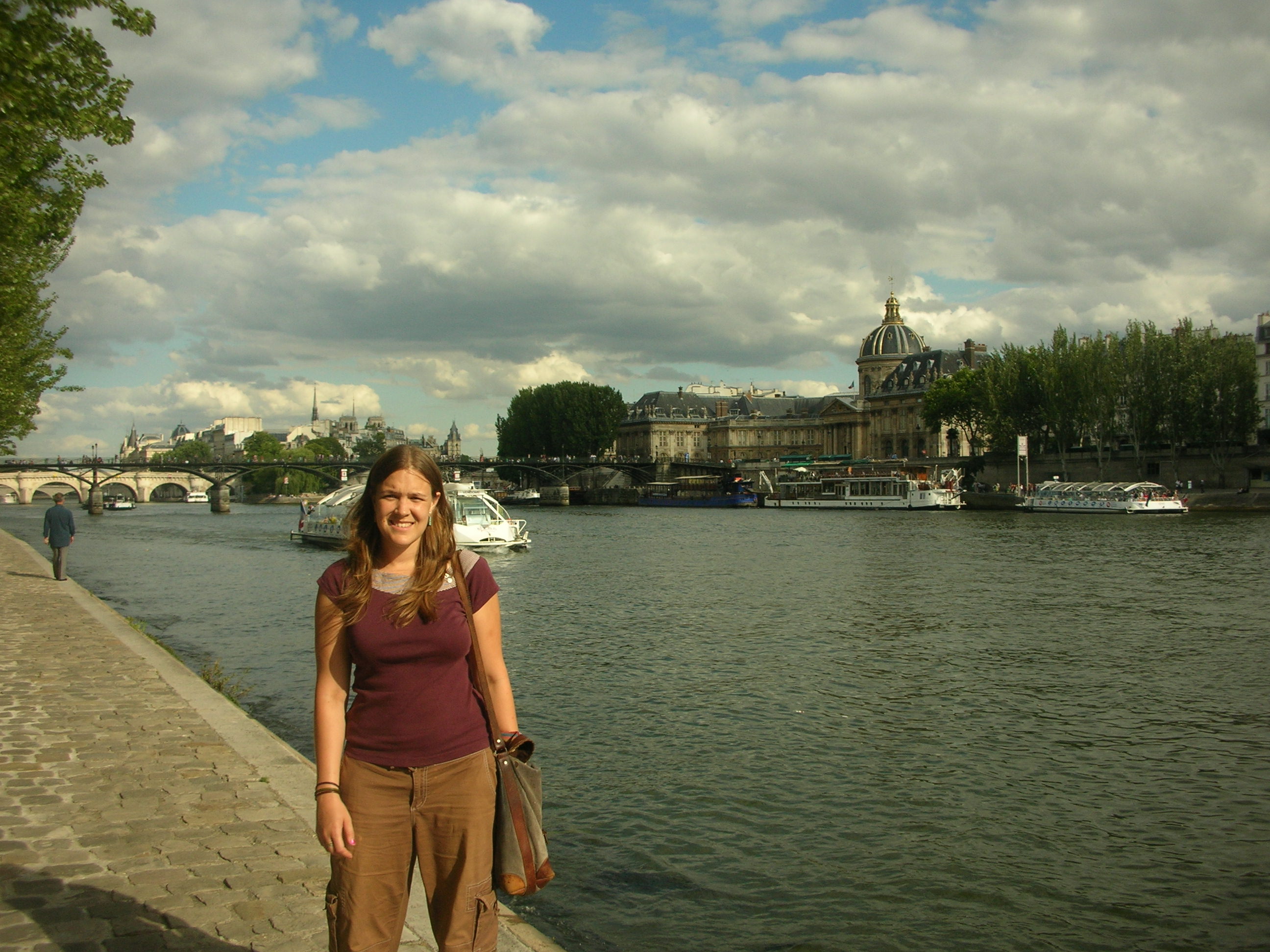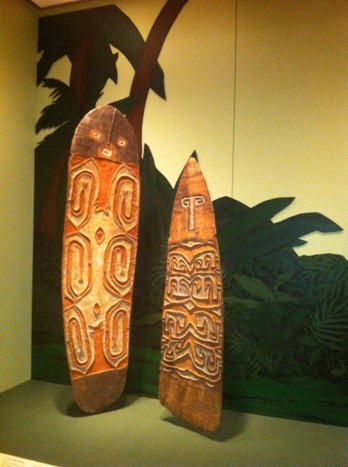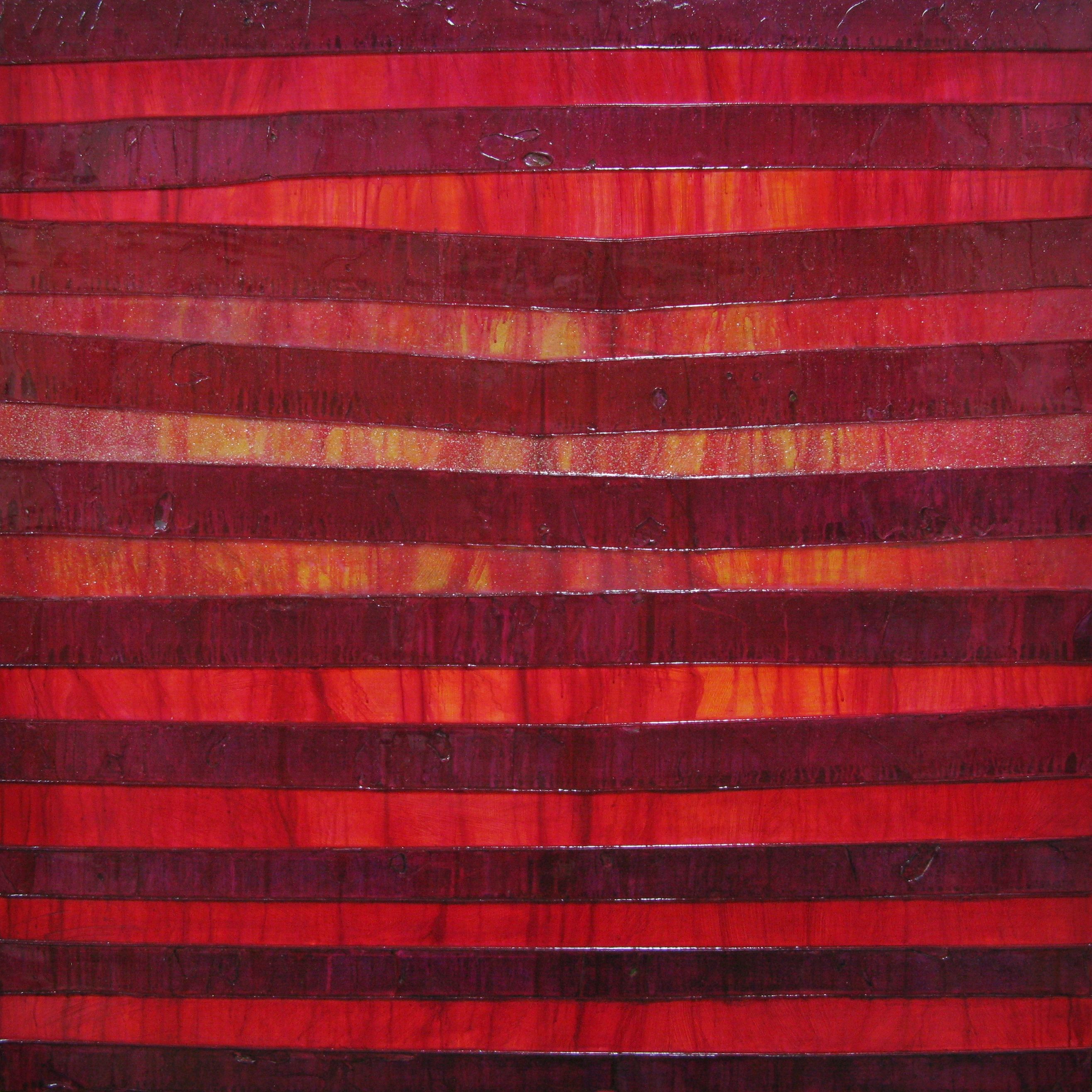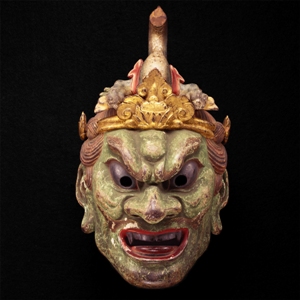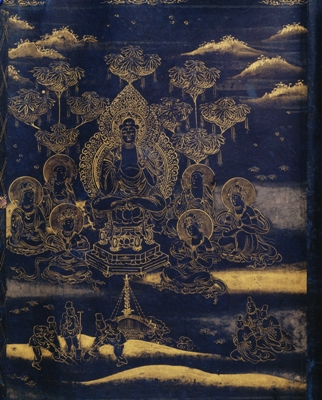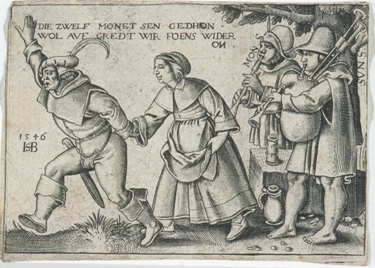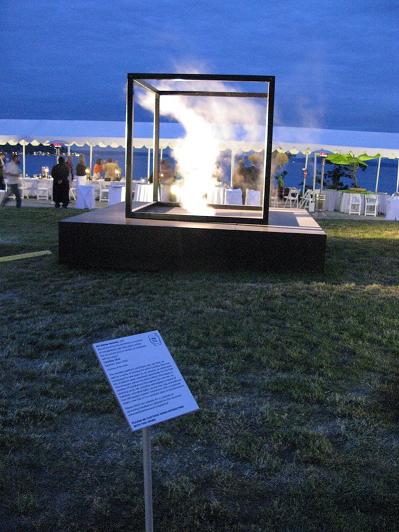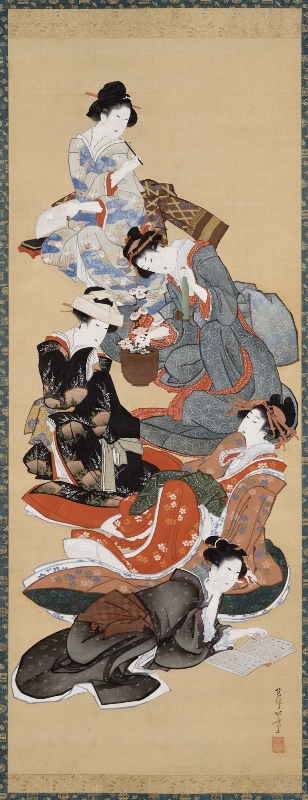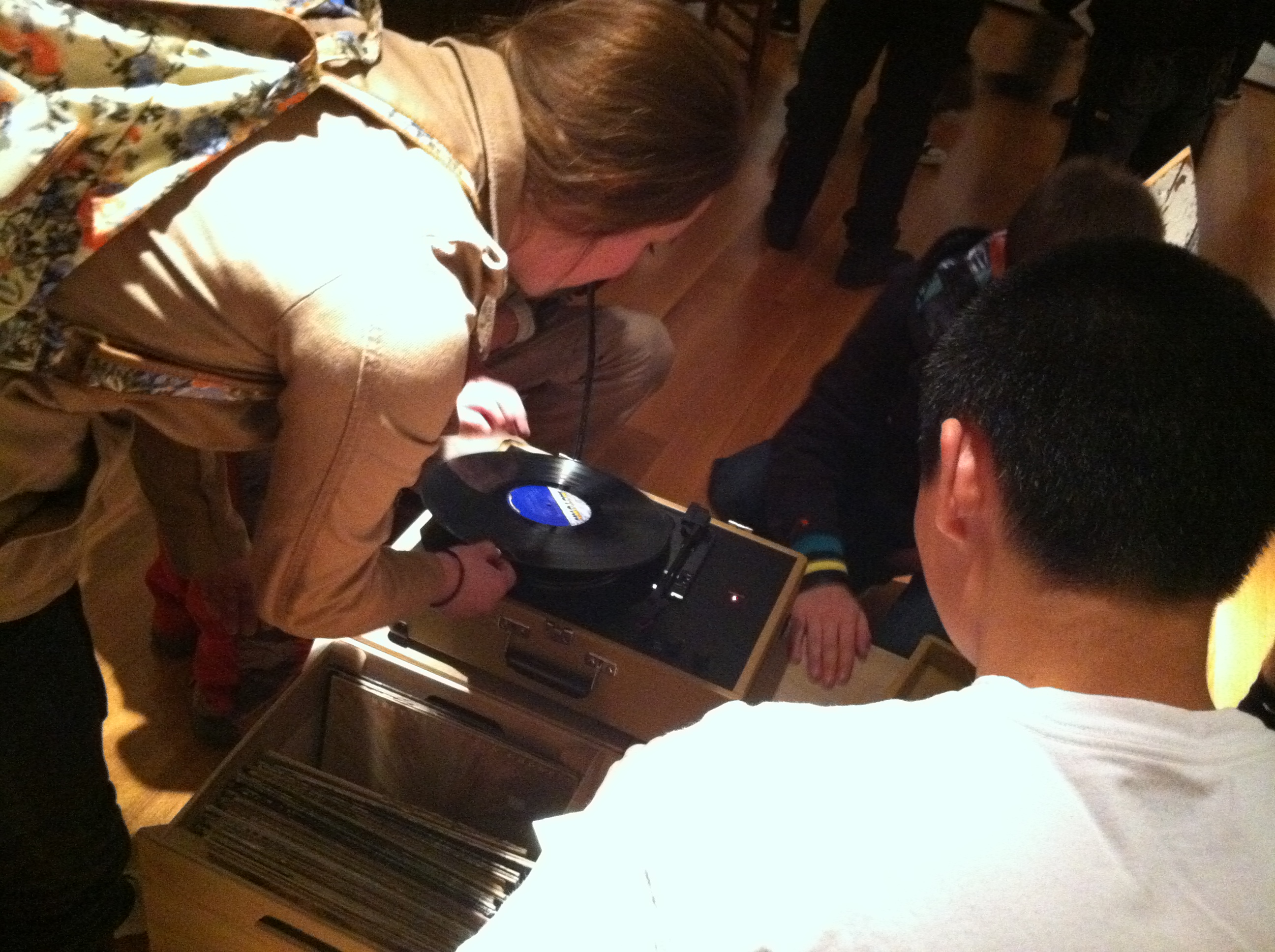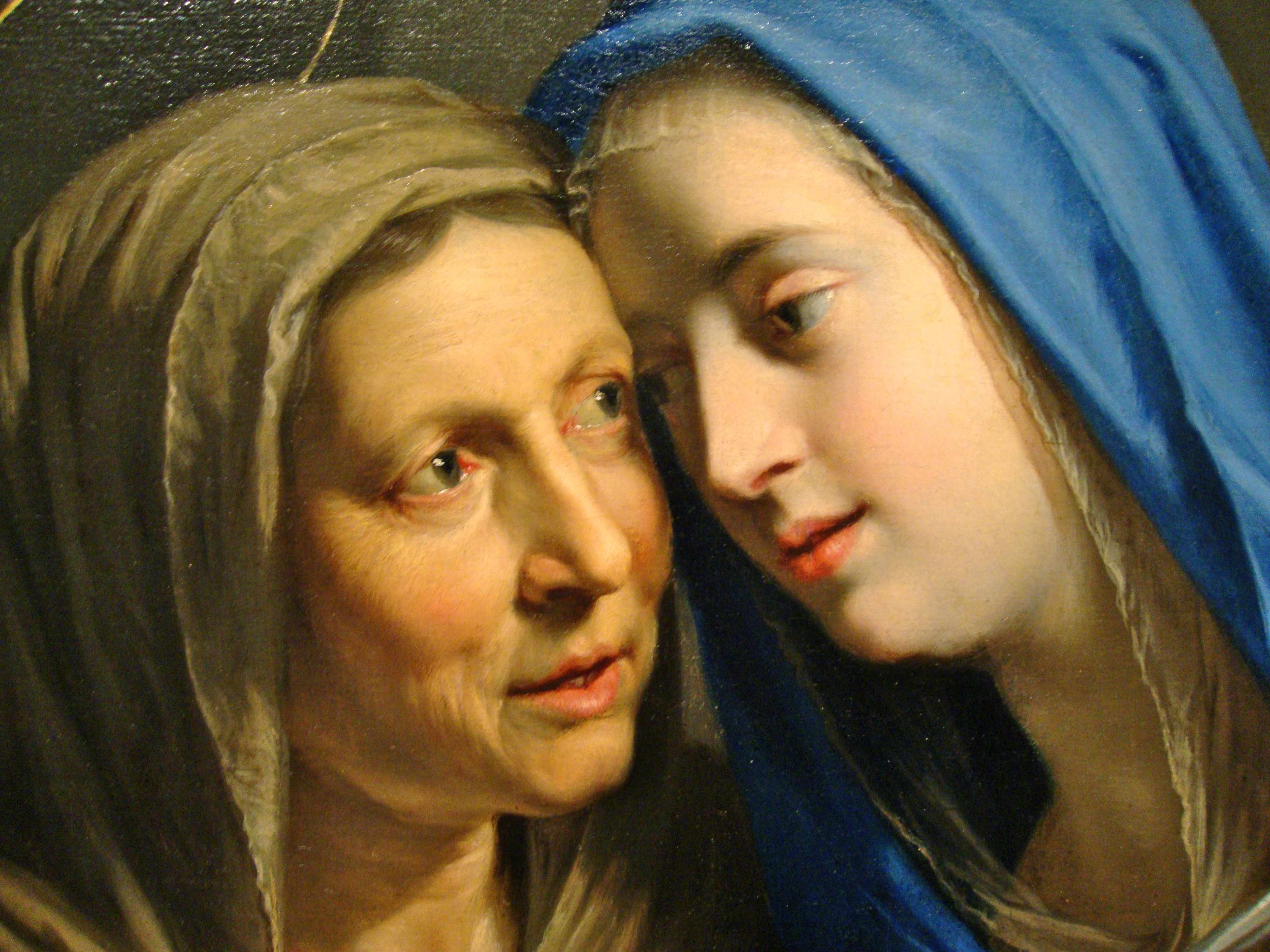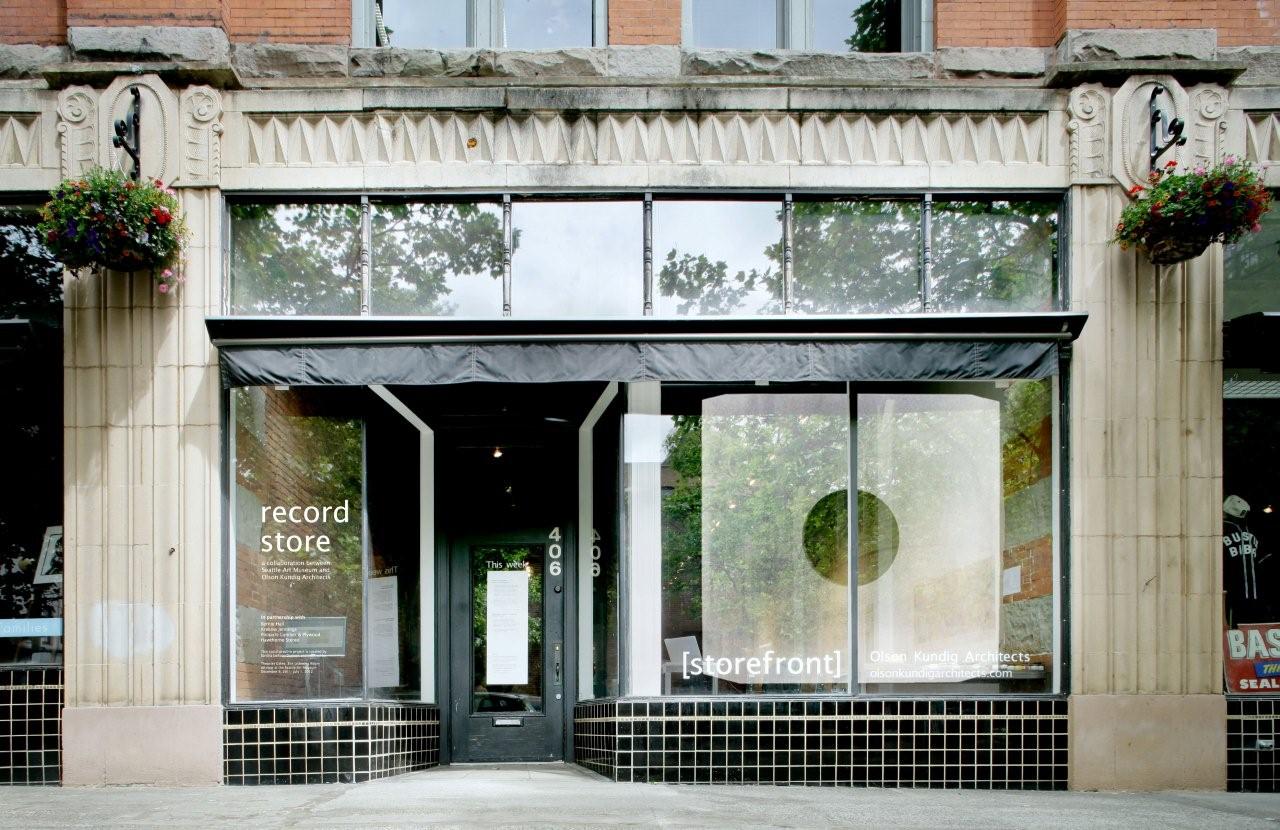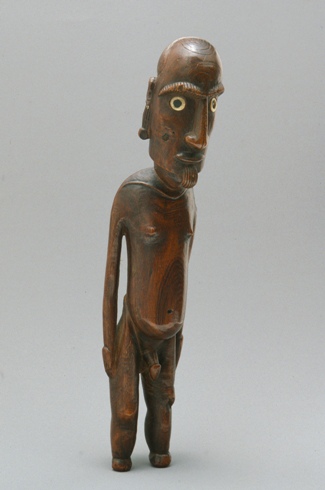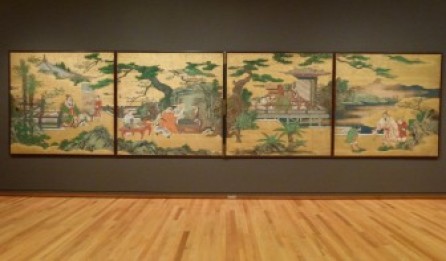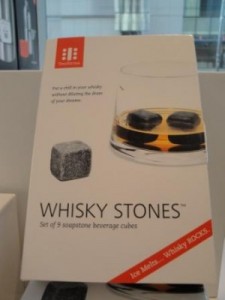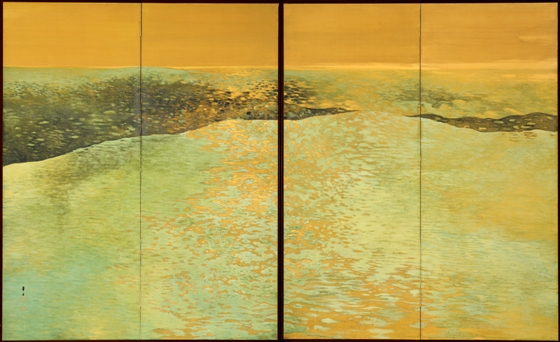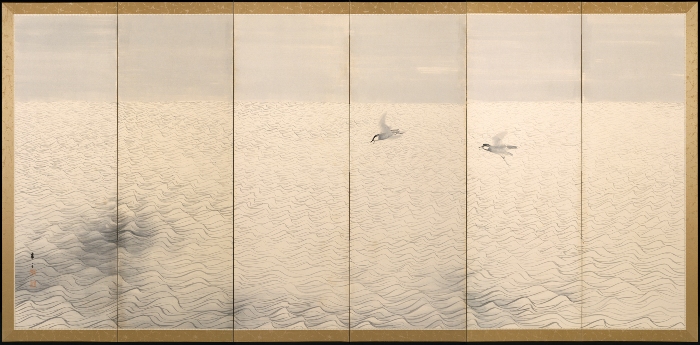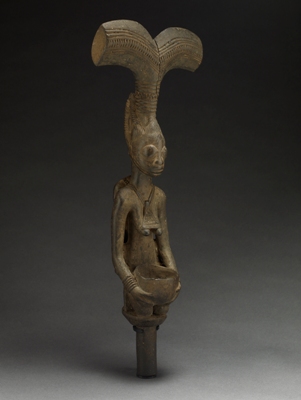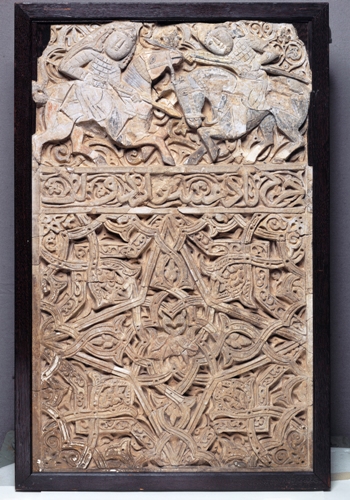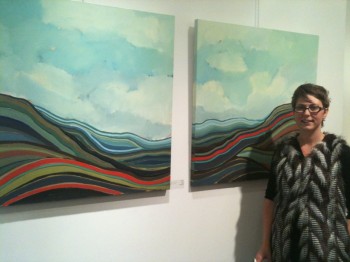TUES | January 10
6:30 PM
Selector: Joshua Kohl, Degenerate Art Ensemble Co-Artistic Director/Co-Founder
Joshua Kohl has created original works for dance, silent film, concert ensembles, “classico-punk-big band” shows and street performances and has collaborated extensively on the creation of invented instruments used in DAE performances. Kohl has performed extensively throughout the U.S., as well as in the Netherlands, Italy, Slovenia, Slovakia, Czech Republic, Poland, Italy, and Germany, with the support of Arts International Fund for U.S. Artists and the Mid-Atlantic States Foundation’s U.S. Artists International. In addition to his work with Degenerate Art Ensemble, Kohl has created scores for the San Francisco-based dance theater company inkBoat; for a commissioned performance of c(h)ord (2008) at the Yerba Buena Center for the Arts, San Francisco; Tale of Two Cities (2007) and Night Flight (2007–2009) for Seattle’s Book-It Repertory Theatre; as well as Twelfth Night (2007) and The Beard of Avon (2007) for Portland Center Stage. In spring 2011 Kohl will perform with Haruko Nishimura at the Center for Performance Research in New York City, and he will be in a residency with DAE at Robert Wilson’s Watermill Center: A Laboratory for Performance, Long Island, New York.
WED | January 11
6:30 PM
Jonathan Cunningham and Rich Jensen, Hollow Earth Radio, Last Night’s Mixtape, Metro Times Music Blog
Cunningham is bound to make you think, talk and move just as he does in on Hollow Earth Radio – the weekly radio show that features music and conversation connected to Seattle’s musical hot bed known as the Central District. Broadcasts “could include anything from Jimi Hendrix to Ernestine Anderson to Ray Charles to Vitamin D to Shabazz Palaces to Wheedle’s Groove or a conversation about gentrification…they aim to unearth a local gem each week from yesteryear that more contemporary listeners need to know.”
THURS | January 12
6:30 PM
Selectors: Randy Engstrom, Founding Director of Youngstown Cultural Arts Center and Chair, Seattle Arts Commission and a Few Good Friends
Randy Engstrom is a dynamic arts leader with a vision for the new frontier. Originally from Chicago, he first arrived in the west in 1995 to attend Evergreen State College and moved on to Seattle post-graduation. During his time in the Pacific Northwest region he has helped found numerous creative ventures and organizations including serving as the Founding Director of the Youngstown Cultural Arts Center and Chair of the Seattle Arts Commission. Randy continues to develop innovative programs that help support and nurture vibrant communities through his consulting practice, Reflex Strategies.
The Record Store is a temporary extension of the Theaster Gates show housed in a storefront in Pioneer Square. A collaboration between SAM and Olson Kundig Architects, the Record Store is open for the general public to browse the robust collection of records and play albums for the entire store or listen in a small group.
While nothing is for sale in the store, the exchange of ideas and concerns is encouraged. The goal is for the Record Store to function as a cultural commons where ideas, issues and moments in time are discussed, debated or responded to.
The Record Store will feature a series of “listening parties” with guest DJs, artists, community folks, dancers, musicians, urban planners, activists, etc. Each “selector” will borrow from the same collection of LP’s or brings a few of their own records that act as the sound track that illustrates their ideas. Irruptions might take various forms including: debates, writing or dance classes, silent reading, tastings, workshops, to-do-lists or a sermon.
RECORD STORE LOCATION
[storefront] Olson Kundig Architects
406 Occidental Ave. S
Seattle, WA 98104
HOURS
Tues| Wed | Thurs
12 – 4 pm and 6:30 – 9:00 pm

